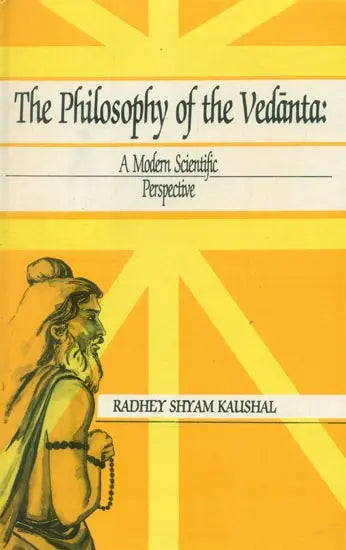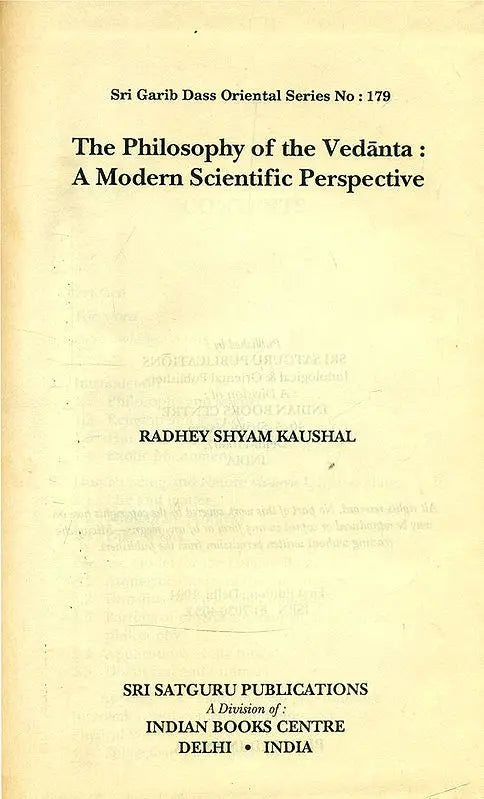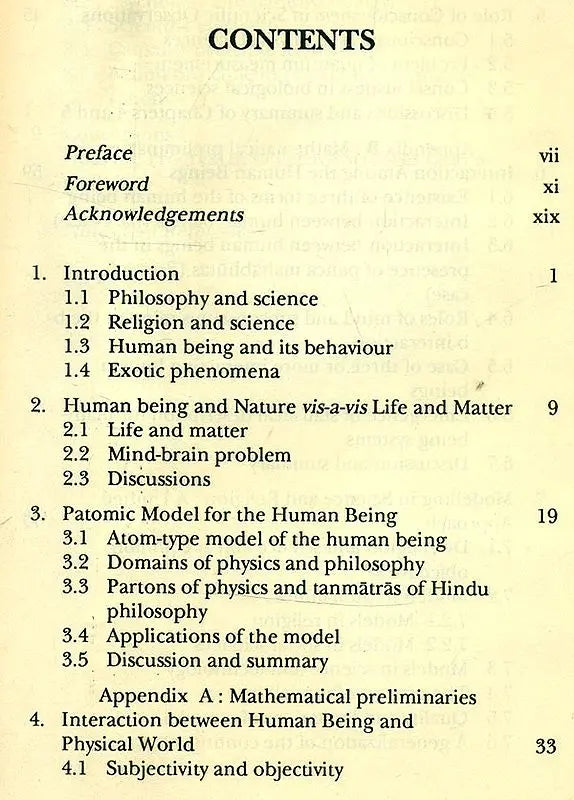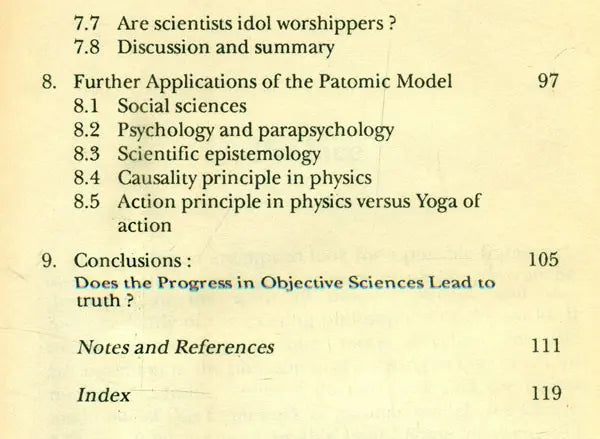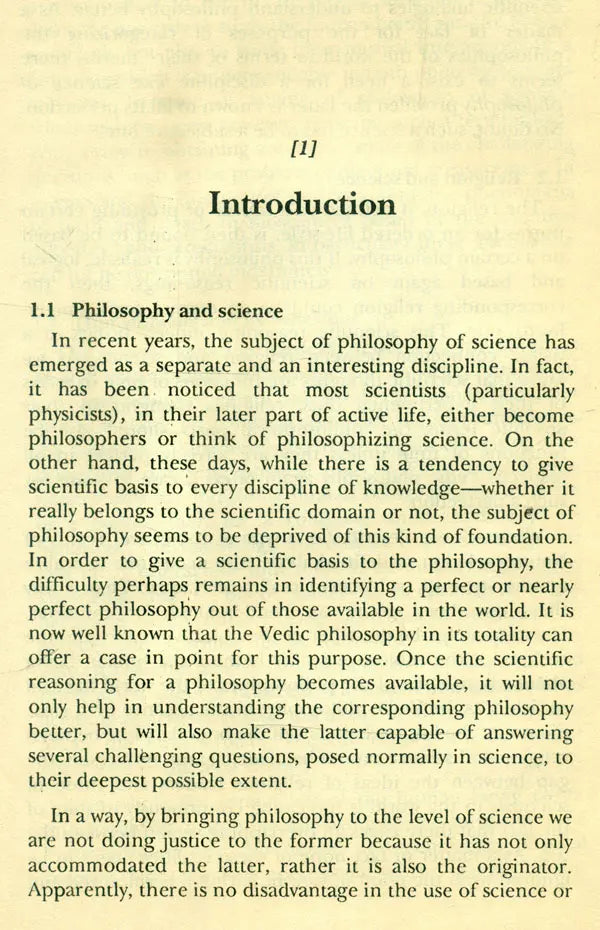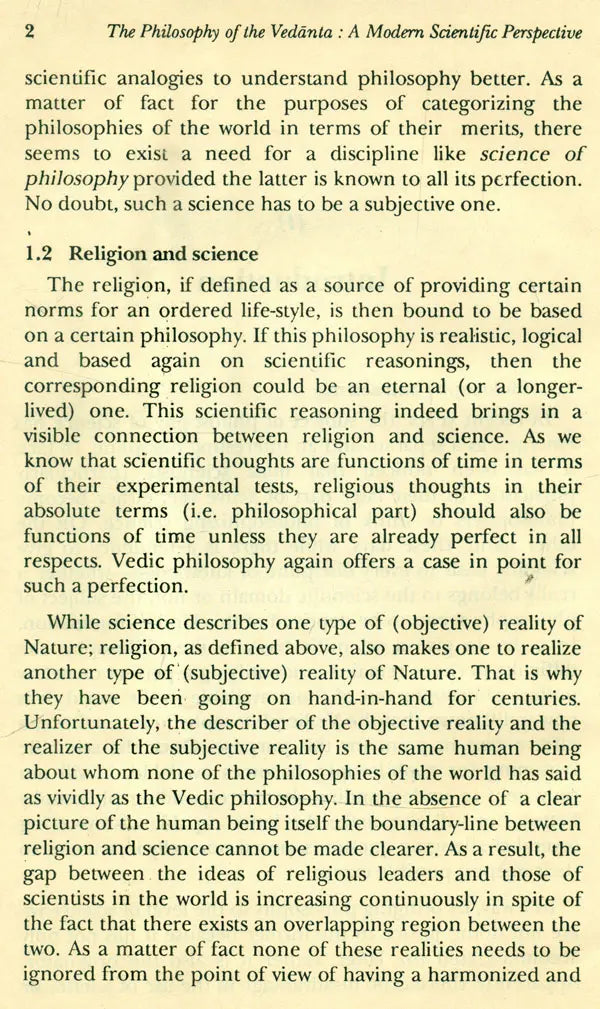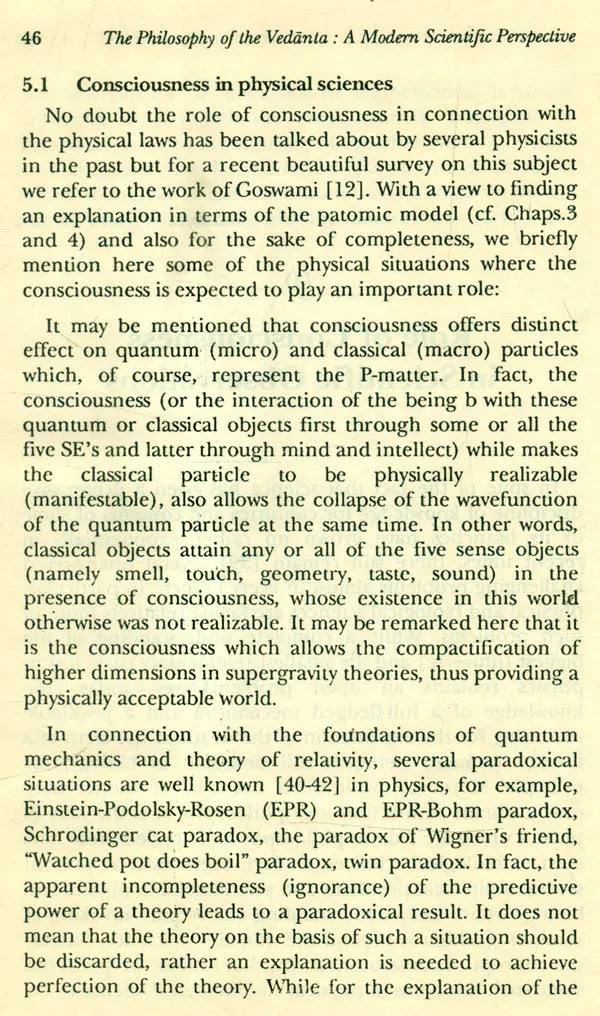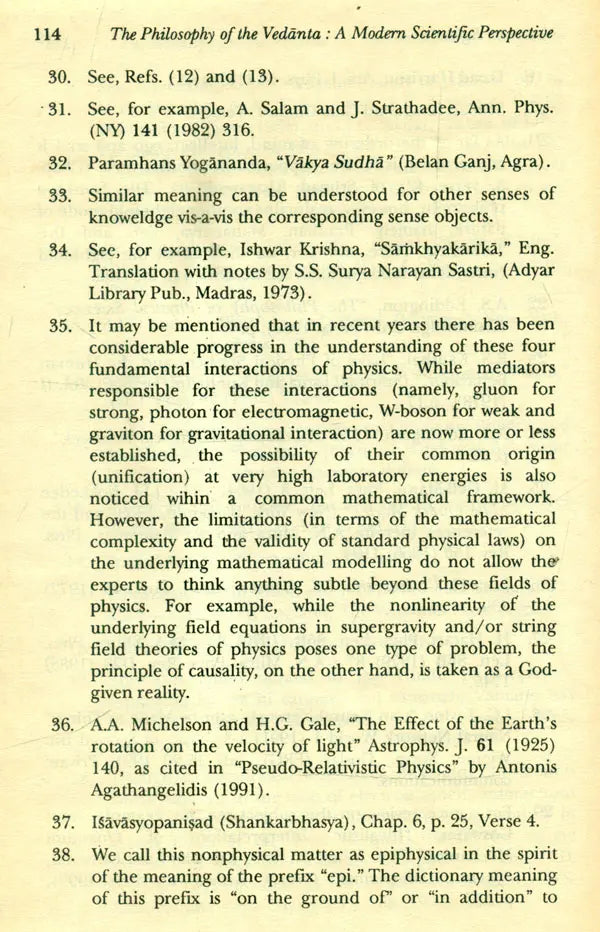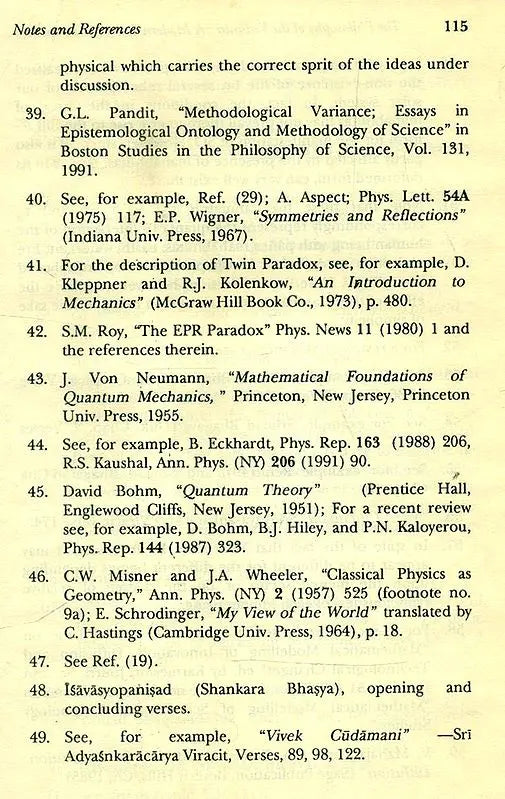The Philosophy of the Vedanta: A Modern Scientific Perspective: No. 179 (Sri Garib Dass Oriental S.)
The Philosophy of the Vedanta: A Modern Scientific Perspective: No. 179 (Sri Garib Dass Oriental S.) is backordered and will ship as soon as it is back in stock.
Couldn't load pickup availability
Genuine Products Guarantee
Genuine Products Guarantee
We guarantee 100% genuine products, and if proven otherwise, we will compensate you with 10 times the product's cost.
Delivery and Shipping
Delivery and Shipping
Products are generally ready for dispatch within 1 day and typically reach you in 3 to 5 days.
Book Details:
-
Publisher: Sri Satguru Publications
-
Author: Radhey Shyam Kaushal
-
Language: English
-
Edition: 1994
-
ISBN: 9788170304036
-
Pages: 138
-
Cover: Hardcover
-
Dimensions: 23 cm x 15 cm
-
Weight: 280 gm
About the Book
This insightful volume by Radhey Shyam Kaushal presents a pioneering attempt to build a philosophical framework—termed as a subjective science—rooted in Vedantic tradition but articulated in the language of modern science. Bridging the worlds of spirituality and rational inquiry, the book proposes a novel "atomic model" of the human being, serving as a unified foundation to understand consciousness, existence, and the intersection of science and religion.
Divided into nine intellectually stimulating chapters, the book begins by highlighting the need for a discipline that can explain phenomena overlooked by objective science, such as behavioral anomalies and spiritual experiences. It critically examines the boundaries between science and philosophy, proposing an integrated worldview where material and metaphysical realities coalesce.
Key highlights include:
-
A scientific yet philosophical analysis of life and matter.
-
A human-centric atomic model derived from Vedantic ideas, discussed in depth from Chapter 3 onwards.
-
Interaction of human beings with the physical world and the five mahabhutas (elements) within this model.
-
A deep dive into the role of consciousness in scientific observation.
-
A detailed explanation of the sthula (gross), sukshma (subtle), and karana (causal) bodies, bringing ancient wisdom into scientific perspective.
-
Exploration of subjective and objective realities through comparative frameworks of science and religion.
Drawing heavily from discourses of spiritual saints and the legacy of thinkers like Kepler and Newton, the author develops his concepts with humility and clarity. Scholars, philosophers, scientists, psychologists, and curious readers alike will find in this work a rare intellectual synthesis that challenges the Cartesian divide and calls for a deeper understanding of human nature in all its dimensions.
This book is not just a philosophical inquiry—it’s a bridge between the sacred and the scientific, offering new pathways for interdisciplinary thought and introspection.

